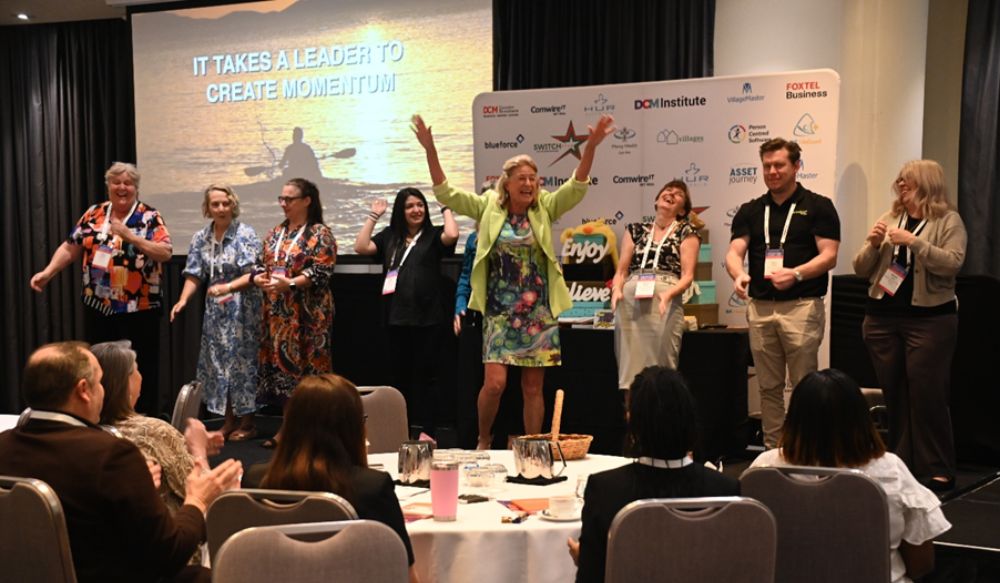
Falling for the Feedback Fallacy
Feedback is an invaluable tool for your professional development. Research suggests individuals who seek and act on feedback tend to be more effective and successful in their careers.
To make the most of this process, we encourage professionals to adopt a strategic approach. One that involves actively soliciting feedback. This will pushes you to unlock your potential, enhance your skills, and navigate your journey of growth with greater insight and confidence.
A good strategy would begin with:
Change Your Perception
We all need people who will give us feedback. That’s how we improve.
Bill Gates
To truly benefit from feedback, one must overcome self-resistance and approach it with curiosity and confidence. Acknowledge that feedback doesn’t necessarily dictate truth but offers an opportunity for active learning and reflection. The goal is to use feedback as a catalyst for growth, understanding that the key variable for development is the individual.
Develop a Growth Mindset
Embrace the concept of a growth mindset, as coined by psychologist Dr. Carol Dweck. Individuals with a growth mindset believe in the malleability of their abilities, fostering a willingness to face challenges and persist through failures.
For Village Managers, a growth mindset is essential for continuous improvement and adaptation – not to mention balancing the sometimes competing priorities of the wider business and residents.
Recognise Different Types of Feedback
The best feedback is what we don’t want to hear.
George Raveling
Feedback comes in various forms, including appreciation, coaching, and evaluation. Understanding the purpose behind feedback is crucial for both givers and receivers. Appreciation motivates and encourages, coaching enhances knowledge and skills, and evaluation rates performance against set standards. Misinterpretation can occur, so engaging in clarifying conversations is essential to align expectations.
Accept, Clarify, and Thank
Receiving feedback effectively involves a three-step process. Firstly, accept the feedback with an open mind. Next, clarify by seeking specific examples and understanding expectations. A great way to do this is to ask the person giving you feedback “When you said [], what do you mean?” Asking questions can be both scary, and humbling. But those who embrace feedback do it regularly, even when it makes them feel uneasy.
Finally, express gratitude to the giver for their time and effort. It’s crucial to be attentive, slow to speak, and quick to listen, managing emotions thoughtfully throughout the process.
A feedback integration strategy is not just about collecting feedback but about embracing it as a catalyst for growth. By changing perceptions, fostering a growth mindset, recognising diverse feedback types, and adopting a thoughtful reception process, village managers can harness the transformative power of feedback on their journey towards excellence.



